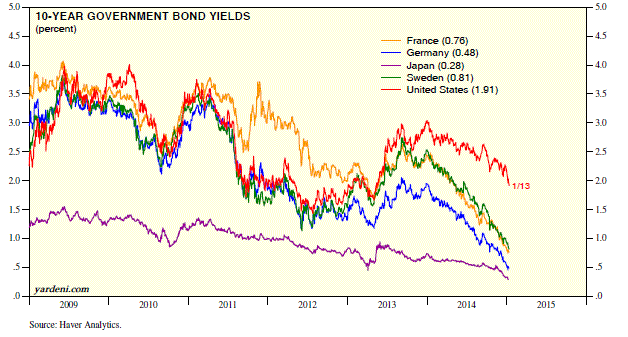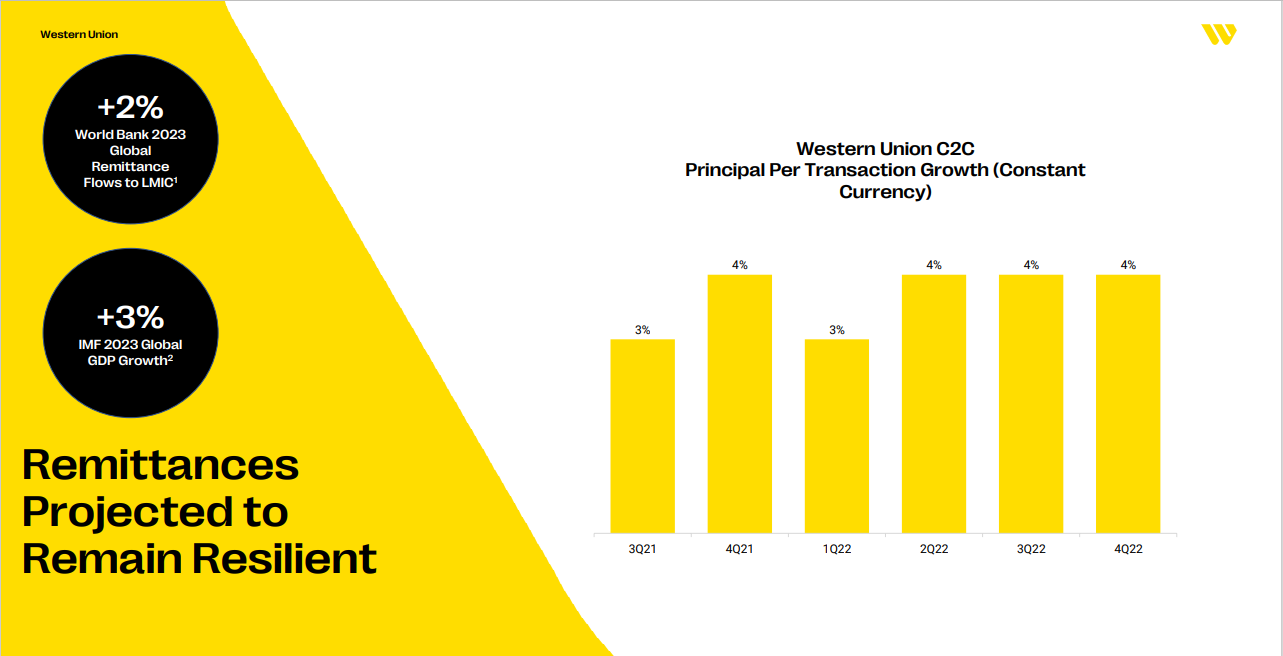
There are many options available to traders who want to trade in the Nasdaq Futures Market. There are E, MNQ and micro equity index futures. All three offer traders an easy way to enter the Nasdaq stock market without having to invest a lot of capital. These futures offer leverage and allow traders to trade on both the long and short sides. You can trade futures at any hour of day.
CME Group provides exposure to the Nasdaq 100 index through E-mini Nasdaq options. This index is a modified capitalization-weighted index of the top 100 non-financial US large-cap companies. It is considered a "tech-heavy" index because more than half of the companies are technology-focused. These futures trade on CME Globex, an electronic trading platform. E-mini Nasdaq futures contracts are available at $5.00 a contract
CME Group introduced the Micro E-mini Nasdaq futurs in May 2019. These futures are smaller than the full-size E-mini Nasdaq and require a lower financial commitment. They can also be combined with Emini counterparts and offer traders more flexibility for managing positions.

MNQ options also allow traders to trade on both sides of Nasdaq 100's long and short side. These futures are highly sought-after by futures traders as they trade electronically almost 24 hours a day. MNQ futures are used by some traders to hedge stock exposure. Others trade MNQ to diversify their portfolios.
CME Group launched the Micro E-mini Nasdaq 100 futures in May this year. They are a fraction of the size of a standard E-mini Nasdaq futures, offering traders a low financial commitment and a lower risk. This futures contract trades at $5 a contract and gives exposure to the Nasdaq 100.
The Micro Emini Nasdaq100 Index Futures are a great option to get involved with the Nasdaq forwards market. They allow traders to speculate on Nasdaq 100 and have a low investment commitment. These futures give traders greater flexibility in managing their positions. They also allow traders to trade nearly anywhere in the world 24 hours a day.
The E-mini Nasdaq-100 contract is one of the most popular contracts in the market and is offered by CME Group. This contract has a price tag of 20 times the Nasdaq100 index. This means that the contract's value will decline as the Nasdaq100 index rises. The E-mini Nasdaq futures multiplier has a $20 per point value. This multiplier may change in response to market conditions.

CME Group also offers an E-Mini Nasdaq 100 Index futures option. It is priced at $5 and provides exposure for the E-Mini Nasdaq 100index. This contract can be considered a fifth Nasdaq 100 Index Index futures contract. There is a limit to 10,000 equivalent contracts.
FAQ
What is the difference between non-marketable and marketable securities?
Non-marketable securities are less liquid, have lower trading volumes and incur higher transaction costs. Marketable securities can be traded on exchanges. They have more liquidity and trade volume. You also get better price discovery since they trade all the time. However, there are some exceptions to the rule. Some mutual funds, for example, are restricted to institutional investors only and cannot trade on the public markets.
Non-marketable securities tend to be riskier than marketable ones. They are generally lower yielding and require higher initial capital deposits. Marketable securities are typically safer and easier to handle than nonmarketable ones.
A large corporation bond has a greater chance of being paid back than a smaller bond. Because the former has a stronger balance sheet than the latter, the chances of the latter being repaid are higher.
Investment companies prefer to hold marketable securities because they can earn higher portfolio returns.
How are securities traded
The stock market allows investors to buy shares of companies and receive money. In order to raise capital, companies will issue shares. Investors then purchase them. These shares are then sold to investors to make a profit on the company's assets.
Supply and demand are the main factors that determine the price of stocks on an open market. When there are fewer buyers than sellers, the price goes up; when there are more buyers than sellers, the prices go down.
There are two methods to trade stocks.
-
Directly from the company
-
Through a broker
Can bonds be traded
The answer is yes, they are! Bonds are traded on exchanges just as shares are. They have been for many years now.
The only difference is that you can not buy a bond directly at an issuer. A broker must buy them for you.
Because there are fewer intermediaries involved, it makes buying bonds much simpler. This means that you will have to find someone who is willing to buy your bond.
There are different types of bonds available. Some pay interest at regular intervals while others do not.
Some pay interest quarterly while others pay an annual rate. These differences make it easy for bonds to be compared.
Bonds are great for investing. For example, if you invest PS10,000 in a savings account, you would earn 0.75% interest per year. You would earn 12.5% per annum if you put the same amount into a 10-year government bond.
If you were to put all of these investments into a portfolio, then the total return over ten years would be higher using the bond investment.
What is a Reit?
A real-estate investment trust (REIT), a company that owns income-producing assets such as shopping centers, office buildings and hotels, industrial parks, and other buildings is called a REIT. These companies are publicly traded and pay dividends to shareholders, instead of paying corporate tax.
They are similar in nature to corporations except that they do not own any goods but property.
Statistics
- US resident who opens a new IBKR Pro individual or joint account receives a 0.25% rate reduction on margin loans. (nerdwallet.com)
- Ratchet down that 10% if you don't yet have a healthy emergency fund and 10% to 15% of your income funneled into a retirement savings account. (nerdwallet.com)
- Our focus on Main Street investors reflects the fact that American households own $38 trillion worth of equities, more than 59 percent of the U.S. equity market either directly or indirectly through mutual funds, retirement accounts, and other investments. (sec.gov)
- The S&P 500 has grown about 10.5% per year since its establishment in the 1920s. (investopedia.com)
External Links
How To
How to Trade on the Stock Market
Stock trading can be described as the buying and selling of stocks, bonds or commodities, currency, derivatives, or other assets. Trading is French for traiteur, which means that someone buys and then sells. Traders trade securities to make money. They do this by buying and selling them. It is one of the oldest forms of financial investment.
There are many methods to invest in stock markets. There are three main types of investing: active, passive, and hybrid. Passive investors watch their investments grow, while actively traded investors look for winning companies to make a profit. Hybrids combine the best of both approaches.
Passive investing is done through index funds that track broad indices like the S&P 500 or Dow Jones Industrial Average, etc. This is a popular way to diversify your portfolio without taking on any risk. You can just relax and let your investments do the work.
Active investing involves picking specific companies and analyzing their performance. Active investors will analyze things like earnings growth rates, return on equity and debt ratios. They also consider cash flow, book, dividend payouts, management teams, share price history, as well as the potential for future growth. Then they decide whether to purchase shares in the company or not. If they believe that the company has a low value, they will invest in shares to increase the price. However, if they feel that the company is too valuable, they will wait for it to drop before they buy stock.
Hybrid investment combines elements of active and passive investing. For example, you might want to choose a fund that tracks many stocks, but you also want to choose several companies yourself. In this instance, you might put part of your portfolio in passively managed funds and part in active managed funds.